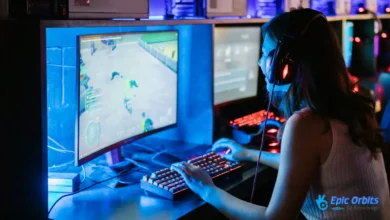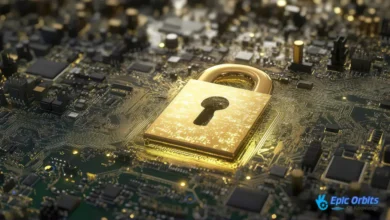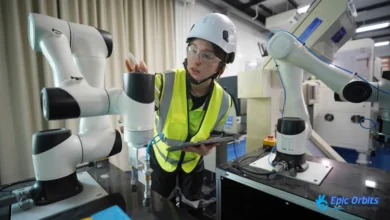The Impact of AI on the Future of Education
Discover how AI and education are shaping the future of learning. Explore the top trends and innovations that will transform the education sector.
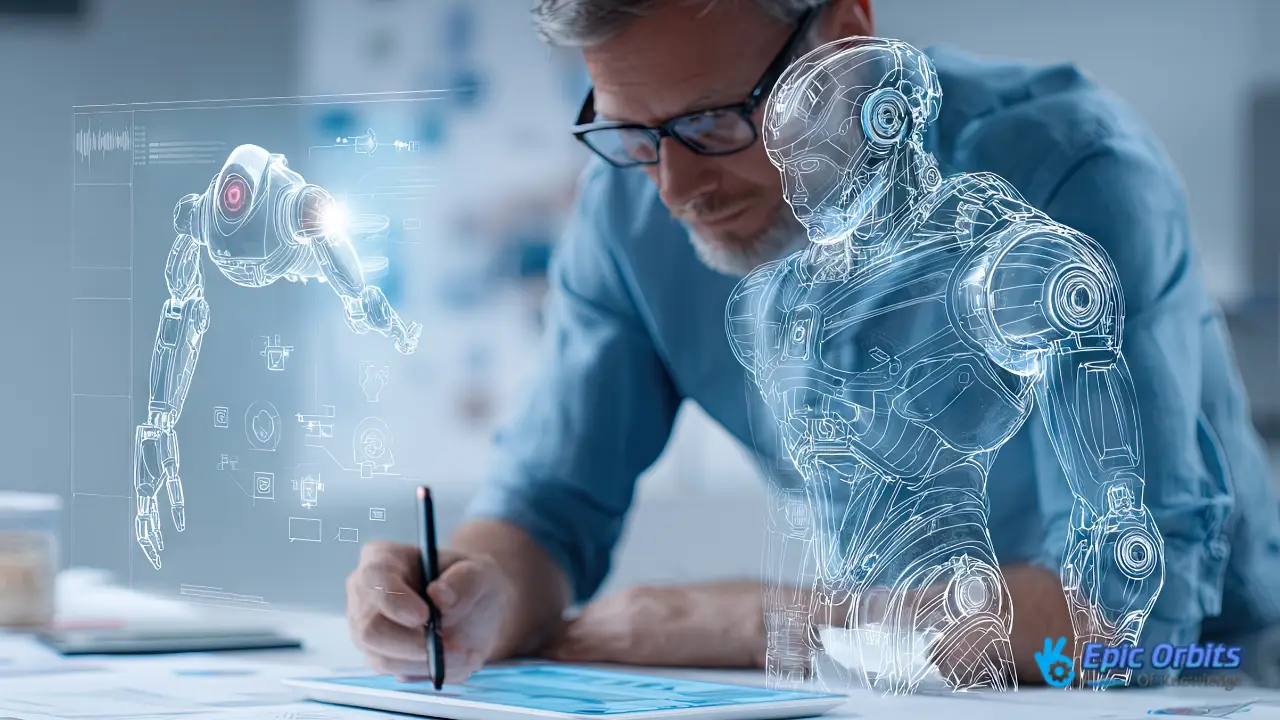
Artificial intelligence is changing the way schools work by giving teachers and students new ways to improve how they teach and learn. More than 60% of teachers think that AI may greatly enhance student results by giving them individualized learning experiences.
AI technologies are opening up new ways for personalized learning in schools. They also assist teachers in saving time on administrative work so they can concentrate on teaching well. As AI becomes better, it changes how kids learn and interact with school materials.
How AI has changed in education
The usage of AI in schools has changed a lot over time. The advancements in technology over the years have led to this change.
Intelligent teaching systems started to appear in the 1980s and 1990s as computers grew less expensive and easier to acquire. These technologies gave students instant feedback and customized learning routes depending on how they answered questions. John McCarthy came up with the phrase “artificial intelligence” in 1956. The result was the start of a new age in educational technology.
AI's powers in education have grown considerably because of recent improvements in neural networks, natural language processing, and machine learning. Modern AI systems can look at a lot of data about how students do in school, detect trends in their learning, and provide tailored suggestions. AI technologies now can provide content, give rapid feedback, and make it easier for people to work together. This is a big change in educational technology.
The growth of AI in education shows that people are starting to comprehend how technology may help them learn and grow in that field. As AI keeps becoming better, it will probably have a big effect on education.
Personalized Learning: Changing the Way We Learn
AI-powered personalized learning is changing the way we learn. AI in education helps pupils learn by customizing the material to meet their requirements. This technique is useful for students, instructors, and schools that don't have many resources.
“AI could change education by making it easier to access and more personalized.”
This method allows students to progress at their pace, engage in activities tailored to their learning preferences, and exercise greater control over their education. Using AI helpers to make assignments distinctive and come up with data-driven, adaptive practices improves the learning experience overall.
Adaptive learning systems employ advanced algorithms to look at student performance data in real time and change the difficulty, pace, and presentation of the material to attain the best learning results. Intelligent tutoring systems act as virtual teachers' aides by giving students instant feedback, finding gaps in their knowledge, and suggesting specific ways to improve without the instructor having to be there all the time.
- Look at student performance data to change how challenging the subject is.
- Give comments and advice right away.
- Give each kid the help they need depending on their specific requirements.
AI-driven customization lets students learn at their own speed, spending more time on things that are challenging for them and going over things they already know fast. These technologies can tell when students are having trouble with certain ideas and automatically provide them more resources or other explanations that fit their learning style.
AI solutions make it easier for instructors to differentiate by automatically creating personalized assignments and tests depending on each student's profile. Correct application of individualized learning strategies can significantly enhance student engagement, knowledge retention, and academic achievement across diverse student groups, according to studies.
AI Tools Are Changing How Teachers Teach
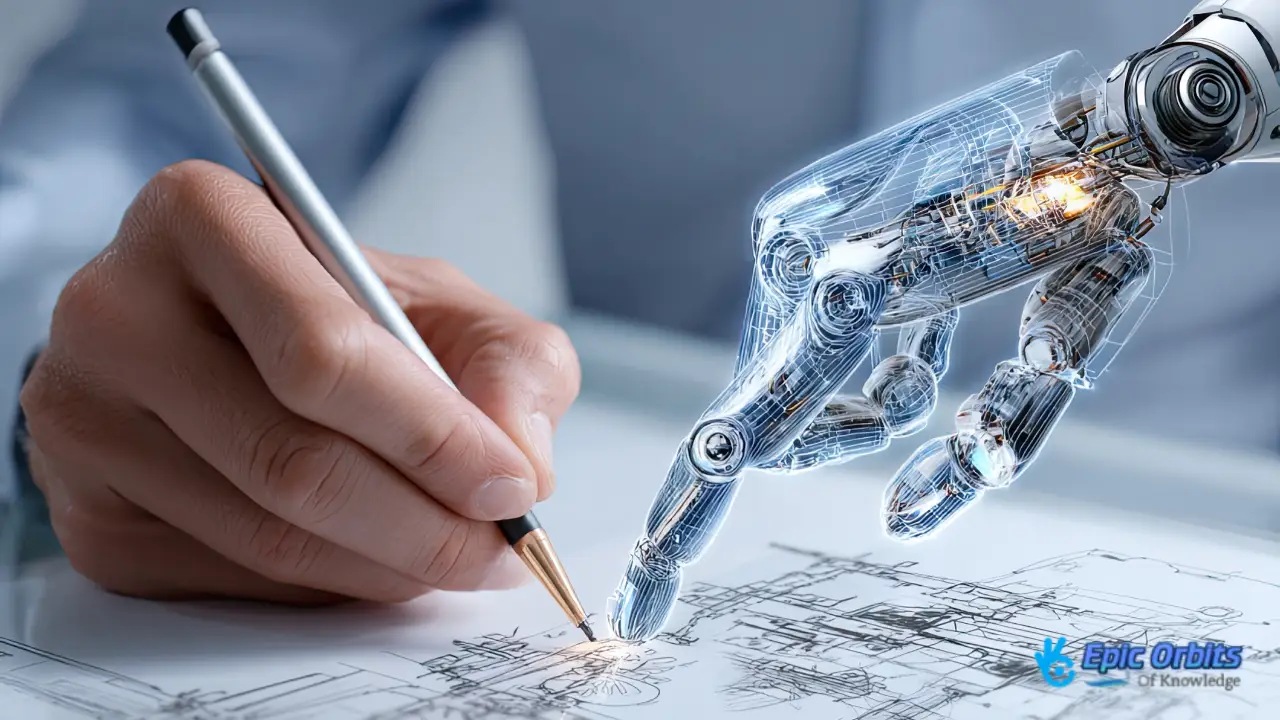
AI is changing the way teachers educate by giving them new tools to use. These technologies are making both the teaching experience and the results for students better. There are several ways that AI may be used in education, from creating material to evaluating papers automatically.
AI-driven content creation tools are changing the way teachers make lesson plans. These technologies let instructors make personalized lesson plans, presentations, and tests in a fraction of the time it used to take. Based on curricular standards and student learning profiles, AI lesson planning aids may recommend activities, resources, and ways to make lessons more engaging for diverse groups of students.
Teachers are employing AI to create visual aids, simulations, and interactive information that would normally take a lot of time or need particular design skills. This not only saves time, but it also makes learning more fun for pupils.
Automated grading systems can quickly grade objective tests and provide thorough reports on how students do over time. This lets instructors rapidly find out what the whole class is misunderstanding and change the way they teach to fix it. AI technologies may now provide you early comments on grammar, structure, and substance for written tasks.
These tools let instructors give students additional writing assignments without making their grading jobs harder. This gives students more chances to practice and become better. These technologies let teachers spend less time on regular tasks and more time on important things like creating relationships with students, meeting their complex learning requirements, and having meaningful conversations with them.
Using AI in administration and education
The use of AI in school administration is changing the way schools work in a big manner. AI is helping school leaders concentrate on big-picture goals and make things run more smoothly by automating regular chores and giving them data-driven insights.
AI-powered solutions are being utilized to make things like scheduling, managing enrollment, and keeping track of attendance easier. This not only cuts down on paperwork and administrative costs, but it also makes it easier for schools and families to talk to each other with automatic translation services and individualized updates.
- AI chatbots help automate things like writing emails and making plans.
- AI algorithms look at big collections of data to help make decisions, including choosing summer programs based on what parents want.
School leaders can make smart choices about how to use resources with the aid of advanced data analysis tools that show them where they need the greatest help. Predictive analytics may help administrators plan ahead by predicting changes in enrollment, financial demands, and pupils who may be in danger.
| Administrative Task | AI-Powered Solution | Benefit |
| Scheduling | AI systems optimize complex scheduling challenges | More effective timetabling |
| Resource Allocation | Data analytics tools inform decision-making | Better allocation of resources |
| Communication | AI-powered chatbots and automated translation services | Enhanced communication with families |
Getting students more involved and working together
By using AI, teachers may make learning more engaging for each student and encourage them to work together. AI tools in education may help students and instructors work together in an interactive way and generate and organize material.
AI-powered interactive learning environments are changing how students interact with school by providing immersive, responsive learning experiences. With the use of AI, virtual reality, and augmented reality apps, pupils may be transported to historical events or faraway places, making abstract ideas vivid and easy to remember. As
“The use of AI in education can make learning more fun and interactive, which can help students do better.”
Smart collaboration platforms can identify students who have abilities that function well together and record how many students are participating.
- AI-powered educational games and simulations change the difficulty level in real time to keep pupils at the right degree of challenge.
- These technologies can tell when pupils are losing interest and recommend other ways to get their attention back.
AI may help students think critically by giving them complicated situations that they need to analyze and come up with innovative solutions for. AI can help students think of new ideas by suggesting things they wouldn't have thought of. AI may assist students in learning about diverse ideas and ways of learning, which can help them grasp more about different topics.
AI can help teachers employ interactive technologies in the classroom, which makes learning more fun and useful. AI may help kids learn important skills that will help them succeed in the future by encouraging them to think critically and be creative.
Problems and moral issues
While AI has the potential to significantly change education, implementing it poses numerous challenges and raises important moral questions. As more and more schools and colleges use AI technology, they have to address many problems that affect students, teachers, and the education community as a whole.
One of the primary problems with using AI in schools is the worry about privacy and data security. AI systems sometimes need immense quantities of sensitive student data, prompting issues over permission, ownership, and the possibility for information exploitation. Ensuring the safe handling of this data is critical to maintaining confidence in AI-powered educational technologies.
To address these problems successfully, schools and other educational institutions need to implement strong data privacy measures and clear rules on how data may be used.
The use of AI in education also brings up important questions of fairness and access. Unequal distribution of AI educational resources could widen the gaps between well-resourced and under-resourced schools and communities. To keep the digital gap from becoming worse, it's important to ensure that everyone has equal access to AI tools and technology.
Policymakers and teachers need to work together to come up with ways to ensure that everyone has equitable access to AI-powered learning opportunities.
Another big problem is that AI algorithms could be biased. AI systems can detect biases in the data they learn, which can lead to unfair results that affect students' evaluations, suggestions, and chances. To address these biases, we must carefully consider the data used to train AI systems and closely monitor their impact on learning outcomes.
By recognizing and tackling these problems, educators and policymakers may strive for a more just and efficacious incorporation of AI in education.
Using AI in Schools
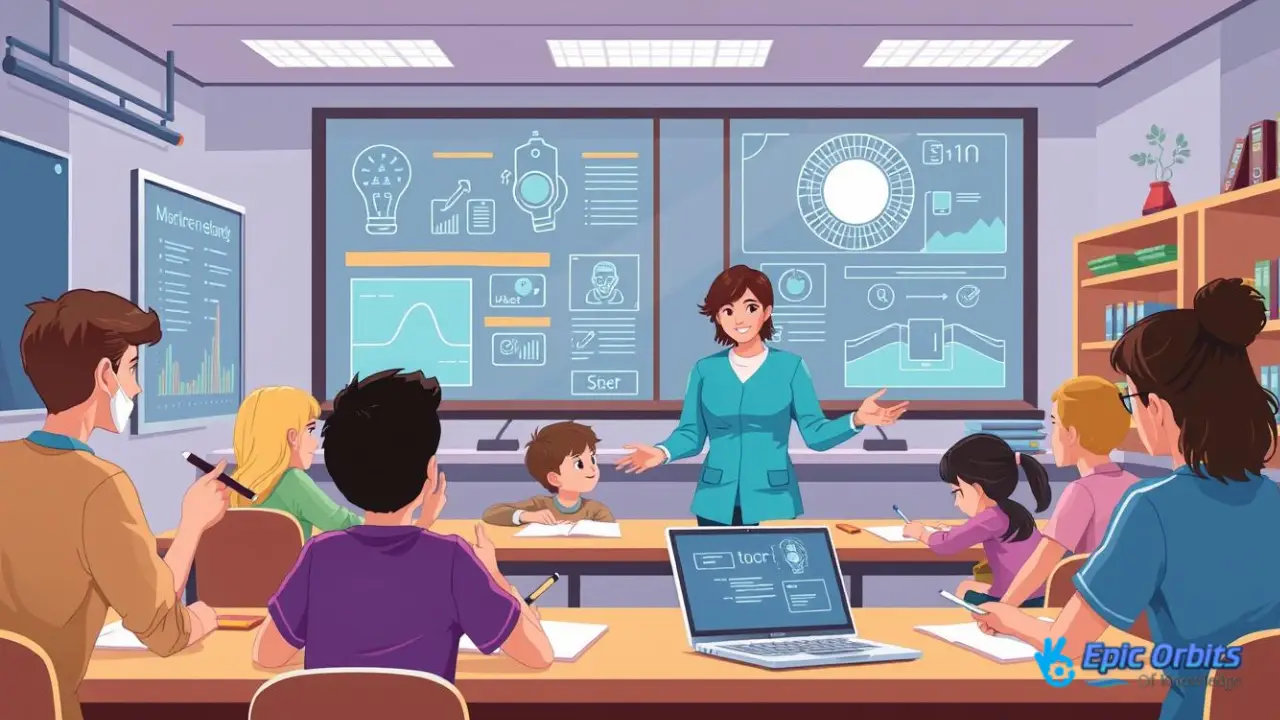
To use AI in schools, you need to take a multi-faceted strategy that meets both technical and educational demands. For AI to work well in schools, there has to be strategic planning, adequate infrastructure, and thorough professional development for everyone involved.
To use AI in schools in the best way, teachers should have rigorous training, everyone should have equal access to AI technologies, and ethical issues should be dealt with. Schools and colleges should set clear AI goals, like what issues to address, rather than just using the tech.
- With phased implementation, you may test and improve things before putting them into full use.
- Involving teachers in the selection and execution decisions enhances their buy-in and ensures that the choices align with classroom needs.
Professional development for teachers has to go beyond just teaching them how to use tools. It also needs to teach them about AI's strengths and weaknesses, ethical issues, and how to use it in the classroom. This all-encompassing strategy helps teachers use AI technologies in their lessons and teaching styles in a useful way.
- Teachers should establish communities of practice to facilitate faster learning and embrace new concepts.
- For ongoing progress, it is important to regularly examine how AI technologies affect learning results and fairness in education.
Conclusion
The use of AI in education is a big change that will keep changing how students learn, how teachers teach, and how schools are run for many years to come.
To be ready for this future, schools need to change so that they focus on qualities that only humans have that AI can't do, including creativity and critical thinking.
We must completely redesign teacher training and continuous professional development programs to ensure teachers can effectively utilize AI technologies.
Students will need direct teaching in AI literacy, including comprehension of AI's potential and constraints.
The best future is one where AI and human instructors work together to make each other better and address each other's problems.
